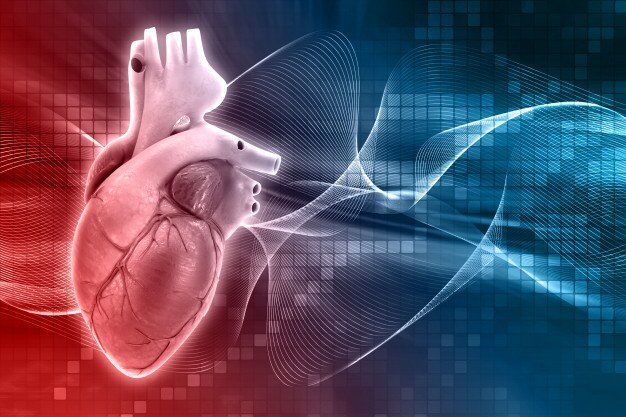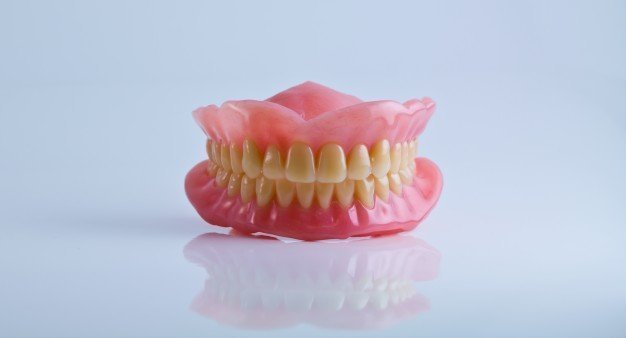
Poor dental health can lead to serious heart conditions in certain patients
When it comes to dental care, the disease will likely only affect a very small pool of the population who suffer from a very specific group of pre-existing conditions.
Endocarditis is a rare, life-threatening inflammation of the lining of the heart muscle and its valves that is caused by a bacterial infection. The disease can occur in anyone, but is most likely to affect people who suffer from heart conditions.
American Heart Association Endocarditis Committee amended guidelines from 1997 that were intended to prevent dental patients from developing endocarditis, according to WebMD.
Patients with heart conditions were previously advised to take a dosage of antibiotics prior to undergoing any dental treatement to help prevent the spread of bacteria from the mouth to the heart.
The amended guidelines indicate that only certain heart patients are indicated for such treatment, and only when undergoing certain dental procedures.
Any treatment where manipulation of the gums will be done increases the risk of endocarditis. This is because tooth plaque can develop into gingivitis (gum disease).
If this is not treated, it can lead to bleeding gums during brushing, flossing, or dental procedures. If this occurs, the bacteria can enter the blood stream, allowing it to travel to other parts of the body, and vulnerable hearts can become infected.
But on the other hand, taking antibiotics unnecessarily can lead to greater risk than the risk of no antibiotics. It is for this reason that the guidelines have been amended.
Only patients who meet the following criteria should be taking a single dose of antibiotics approximately 1 hour before dental procedures:
Patients who have had bacterial endocarditis before
A prosthetic (artificial) cardiac valve or prosthetic material used in valve repair
Cardiac valve disease and have had a cardiac transplant
Congenital (present at birth) heart disease. This includes only people with the following:
Unrepaired cyanotic congenital heart disease (including those with devices that relieve symptoms only)
Completely repaired congenital heart defect with prosthetic material or device during the first six months after the procedure
Repaired congenital heart disease with defects that remain at or near the site of a prosthetic patch or prosthetic device

Source: Freepik
While all the above patients should be receiving antibiotics, they only need to do so for certain procedures that will involve the manipulation of the gums or the tip of the tooth root, and where the lining of the mouth will be perforated.
It is not necessary to take antibiotics for routine anesthetic injections through noninfected tissue, dental X-rays, placement of removable prosthodontic or orthodontic appliances, adjustment of orthodontic appliances, placement of orthodontic brackets, shedding of baby teeth, and bleeding from trauma to the lips or inside of the mouth.
While a dose of antibiotics is important for these patients, it is important to note that it is not a fool-proof prevention. Endocarditis can still occur with these preventative measures in place.

Source: Freepik
If the disease does occur, it will most often only occur within 2 weeks of dental work.
The symptoms are as follows: Unexplained fever, night chills, weakness, muscle pain, joint pain, lethargy, and a general ill feeling.
It is important that patients always communicate with their health care practitioners, and this includes dentists. The should be made aware of any major medical procedures that could affect their work, including any heart surgery.
The information in this article is not intended or implied to be a substitute for professional medical advice, diagnosis or treatment. All content, including text, and images contained on news.AmoMama.com, or available through news.AmoMama.com is for general information purposes only. news.AmoMama.com does not take responsibility for any action taken as a result of reading this article. Before undertaking any course of treatment please consult with your healthcare provider.